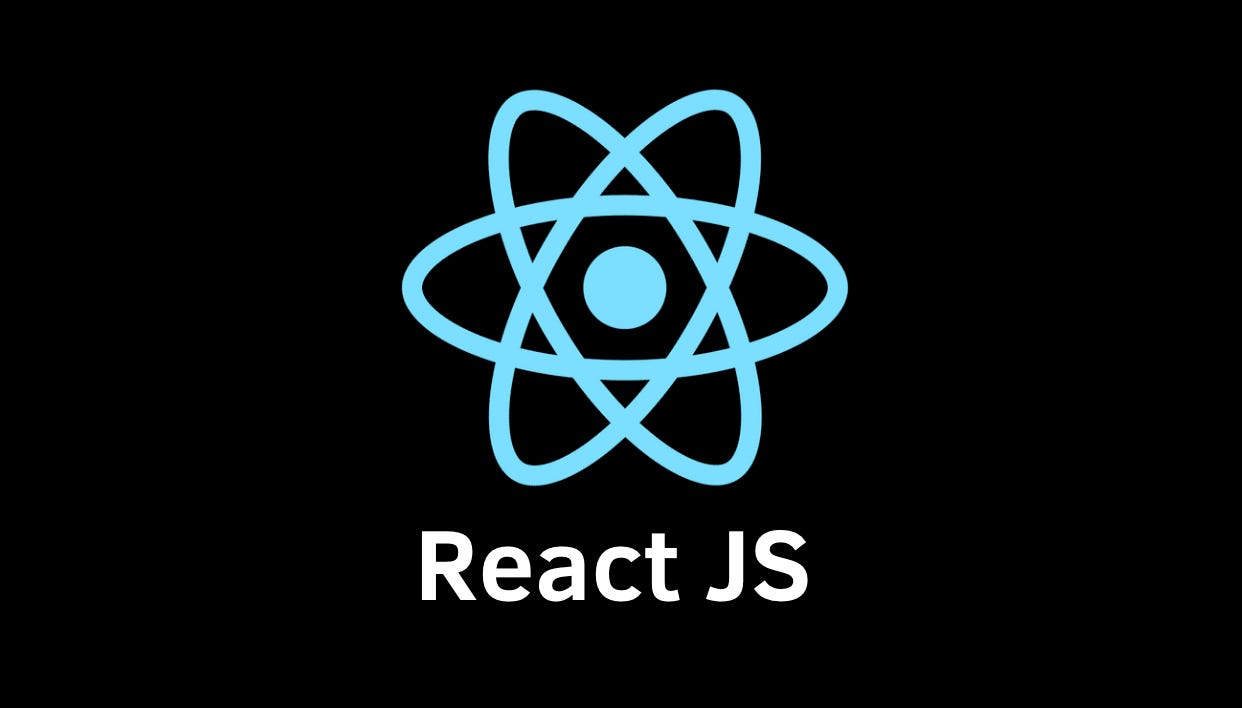Mastering React Functions: Hooks and Components for Building Dynamic Blogs in 2025
React functions, primarily functional components and hooks, are essential for building modern, dynamic web applications. Below, I’ll outline key React functions (focusing on functional components and hooks), their use cases, and provide examples tailored for a blog on your website. The examples will be practical for a blog context, such as displaying posts, handling user interactions, or fetching data.
Key React Functions and Their Use Cases:
Functional Components
- What: Functions that return JSX to define UI elements. They are the building blocks of React apps since the introduction of hooks.
- Use Case: Create reusable UI components like a blog post card, header, or footer for your website.
- Where: Used everywhere in your app to structure the UI (e.g., a blog post list, individual post, or comment section).
useState Hook
- What: Manages state in functional components.
- Use Case: Track user input (e.g., a comment form), toggle UI elements (e.g., a “read more” button), or manage loading states.
- Where: In components that need dynamic data, like a form for submitting comments or a button to expand a blog post.
useEffect Hook
- What: Handles side effects like data fetching, subscriptions, or DOM updates.
- Use Case: Fetch blog posts from an API when the component mounts or update the page title based on the current post.
- Where: In components that interact with external data (e.g., fetching blog posts) or need lifecycle-like behavior.
useContext Hook
- What: Accesses context to share data across components without prop drilling.
- Use Case: Share theme settings (e.g., dark/light mode) or user authentication status across your blog app.
- Where: In components that need global data, like a theme toggle or user profile in the blog header.
useReducer Hook
- What: Manages complex state logic with a reducer function.
- Use Case: Handle form state with multiple fields (e.g., a blog post editor) or manage a list of comments with add/delete actions.
- Where: In components with complex state transitions, like a blog post creation form.
useRef Hook
- What: Creates a mutable reference that persists across renders or accesses DOM elements.
- Use Case: Focus on a comment input field or store a reference to a DOM element for animations.
- Where: In interactive components like forms or scrollable blog sections.
useMemo Hook
- What: Memoizes expensive computations to optimize performance.
- Use Case: Optimize rendering of a filtered blog post list based on categories or tags.
- Where: In components with heavy computations, like filtering or sorting blog posts.
useCallback Hook
- What: Memoizes functions to prevent unnecessary re-renders.
- Use Case: Pass stable callback functions to child components, like a comment submission handler.
- Where: In parent components passing callbacks to children, such as a comment form component.
Custom Hooks
- What: Reusable functions encapsulating logic using other hooks.
- Use Case: Create a custom hook to fetch and manage blog post data or handle form validation.
- Where: In reusable logic across multiple components, like fetching posts or handling user authentication.


 Bitcoin
Bitcoin  Ethereum
Ethereum  Tether
Tether  XRP
XRP  USDC
USDC  Wrapped SOL
Wrapped SOL  TRON
TRON  Lido Staked Ether
Lido Staked Ether  Dogecoin
Dogecoin  Cardano
Cardano  Figure Heloc
Figure Heloc  WhiteBIT Coin
WhiteBIT Coin  Wrapped stETH
Wrapped stETH  Bitcoin Cash
Bitcoin Cash  Wrapped Bitcoin
Wrapped Bitcoin  Chainlink
Chainlink  USDS
USDS  Binance Bridged USDT (BNB Smart Chain)
Binance Bridged USDT (BNB Smart Chain)  LEO Token
LEO Token  WETH
WETH  Hyperliquid
Hyperliquid  Wrapped eETH
Wrapped eETH  Stellar
Stellar  Monero
Monero  Ethena USDe
Ethena USDe  Coinbase Wrapped BTC
Coinbase Wrapped BTC  Litecoin
Litecoin  Sui
Sui  Avalanche
Avalanche  Hedera
Hedera  Zcash
Zcash  Shiba Inu
Shiba Inu  Dai
Dai  sUSDS
sUSDS  World Liberty Financial
World Liberty Financial  Toncoin
Toncoin  USDT0
USDT0  Cronos
Cronos  PayPal USD
PayPal USD  Ethena Staked USDe
Ethena Staked USDe  Mantle
Mantle  Uniswap
Uniswap  Polkadot
Polkadot  Aave
Aave  Bittensor
Bittensor  USD1
USD1  Bitget Token
Bitget Token  OKB
OKB